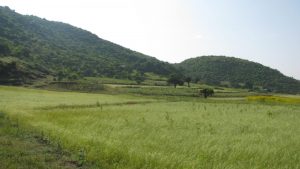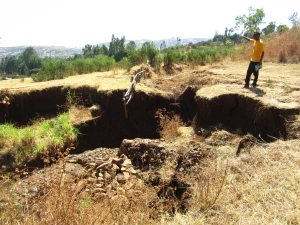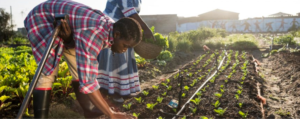Saving Water: From Field to Fork – Curbing Losses and Wastage in the Food Chain
As governments struggle with a sudden crisis caused by significant and rapid increases in the price of food, a companion crisis in availability of water also threatens billions of people.
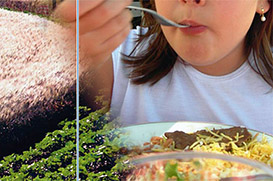
A hidden problem behind the food crisis is that as much as half of all food grown is lost or wasted before and after it reaches the consumer. And this wasted food is wasted water too.
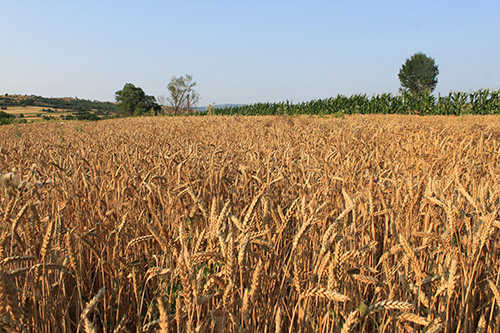
To meet the challenge of feeding growing populations and the global hungry, massive reductions in the amount of food wasted after production are needed. This policy brief calls on governments, businesses, consumers and other important actors in society to reduce by half, by 2025, the amount of food that is wasted and outlines concrete steps to achieve this goal.
KEY LESSONS LEARNED
Reducing food losses and wastage will ease pressure on water and other resources and free up land and water for other purposes than food production. A number of benefits are within reach for a cross section of people and interests in society. By improving knowledge and through political initiatives, the necessary resources and driving forces for food and water security in a world of increasing water stress and competition need to be mobilized and set in action.
Citation
How to Cite: Lundqvist, J., C. de Fraiture and D. Molden. Saving Water: From Field to Fork – Curbing Losses and Wastage in theFood Chain. SIWI Policy Brief. SIWI, 2008.
Please, help us understand your needs better
Are you reading this publication as part of a course, for work or for your own knowledge? Let us know by emailing: coms@siwi.org

